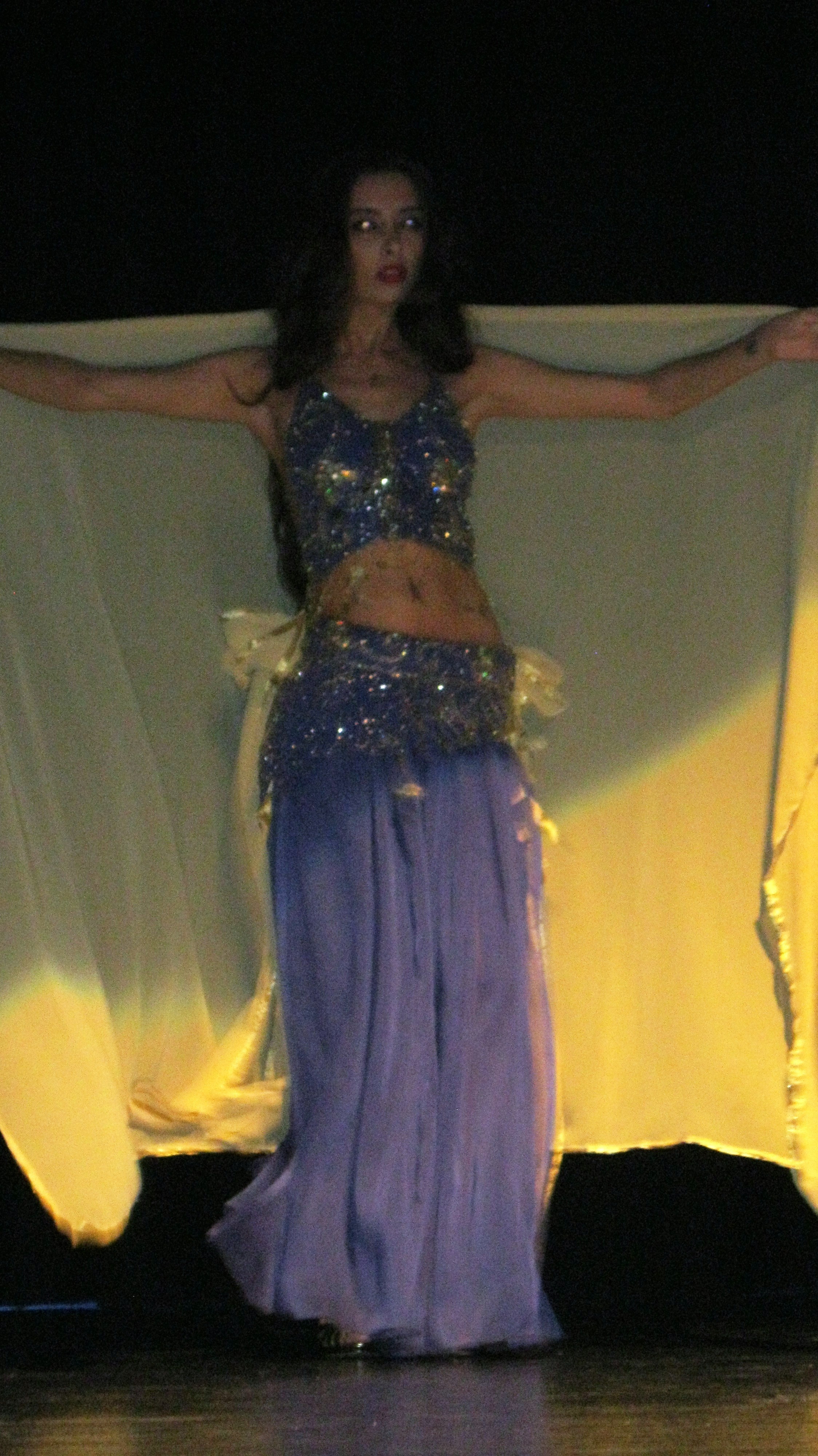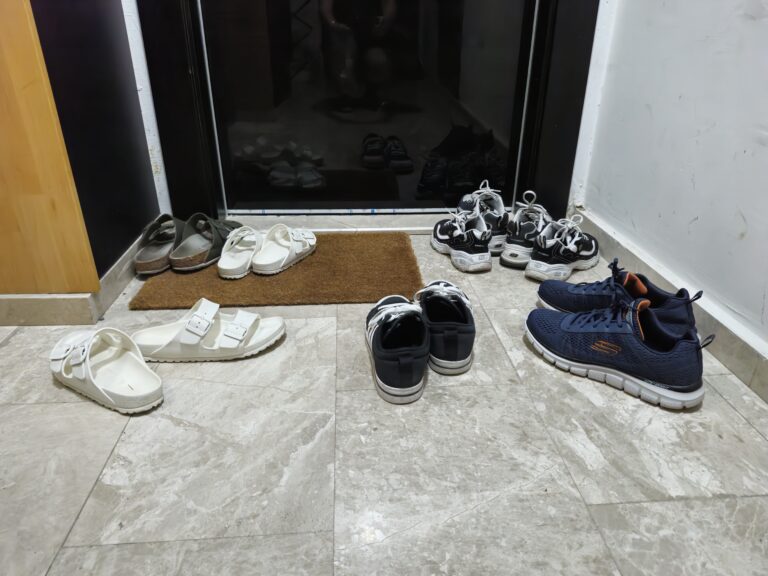Turkish belly dancing – good girls don’t
Excerpt from ‘Dancing Away the Sequins’.
In many traditional Mediterranean and Middle Eastern cultures women are responsible for ensuring the honour of the family. Men’s passions are uncontrollable and wild, and all women are Eve, the temptress with the apple. He cannot help but succumb so a man is never held responsible for his sexual behaviour. The guilt is attributed the same way whether the partners are married to other people, not married to anyone, or even if the act is non-consensual. If a man and a woman are left alone in a room together, he won’t be able to help himself but the sin will belong to the woman alone.
Using the same line of reasoning, dancing, which brings men and women together and shows off the curves of the woman, is also considered suspect. Like many things in Turkey however, the rules of conduct are not that simple. the one hand, dancing as a part of folk tradition is highly valued in Turkey, and being a good dancer is much admired. In more traditional parts of the country like Cappadocia, kına gecesi, the Turkish equivalent of a woman’s hen night, are used to showcase the allure and value of young women of marriageable age. At these nights only women attend, so those wishing to find a husband give it their all. They sway and preen and energetically thrust their hips from side-to-side and move their breasts provocatively in front of eagle-eyed potential mother-in-laws. Each move is assessed and judged to determine how supple they are, how well their body is equipped to procreate through the sex act and whether their hips are suitable for child-bearing.
Western and Turkish beliefs about belly dancing

It is also ironic that the oriental style of dance is perceived as provocative and dangerously sensual by both Turks and Westerners. Just as being an actress was once equated with being a prostitute in the West, being a belly dancer in Turkey is considered no better than being a whore by some people. Older Turks strongly disapprove of oriental dance, belly dancing, because it has connotations of wild abandonment, promise and seduction. These very connotations are what make the eyes of Western men glaze over with lust at the idea of scantily clad women offering themselves in a highly charged and sexual manner.
On the other hand, these same movements make what we in the West call ‘belly dancing’ a scandalous past-time for a good Turkish girl. It is known locally as oriental dance, and I go to a class with my Turkish girlfriend Selin every week. We go because it’s fun and good for our figures, but Selin’s grandmother doesn’t understand this. She is scandalised that her granddaughter would do such a thing. When Selin reminds her that I go too, her grandmother dismissively replies that it is not the same. What she means is because I am a foreigner, a yabancı, the question of morality doesn’t apply. This is the complete opposite of the way Fatma in Göreme thought about my behaviour, but then she lived in a small village where everyone knew everyone, unlike in a city where you have a degree of anonymity. More significantly, it points to the fact that being a yabancı woman means you always live with contradictions. At times you are required to be more upstanding than the most moral of Turkish woman simply because you are foreign. At other times you are forgiven any indiscretions just because you are foreign. Living in Turkey is full of such ironies.
The reality of learning belly dancing

Yet the reality is very different. There is nothing wild and abandoned in their movements at all. The best of oriental/belly dancing showcases immense muscle control, expressing complete stories in the flick of a wrist or the roll of their hips. A truly good belly dancing performance is the result of hours of practice in stuffy, brightly lit rooms, in front of unforgiving mirrors that show every wrong step. In these rooms the lush shake of the hips becomes an overflow of misdirected and misbehaving excess fat. Sweat rolls down between breasts that are strapped into tight bras, breasts that are revolved left and then right, up and then down, in order to show control of a body that must learn to move as three distinct parts. We spend a lot of our time vaguely embarrassed at the movements we are required to make, worriedly consulting with each other when we can’t remember the steps and anxiously hoping for a word of praise from our beautifully slender doe-eyed teacher who moves like an exotic butterfly. Beside her we feel like elephants. I guarantee that an hour spent watching my class learn new dance techniques would quell the worries of the most concerned grandmother, and the lust of almost any man.
Where to read more about belly dancing and Turkish culture
This is part of a longer essay called “Dancing Away the Sequins”, based on my experiences of the cultural meanings inherent to Turkish belly dancing. It’s available in Exploring Turkish Landscapes: Crossing Inner Boundaries.




